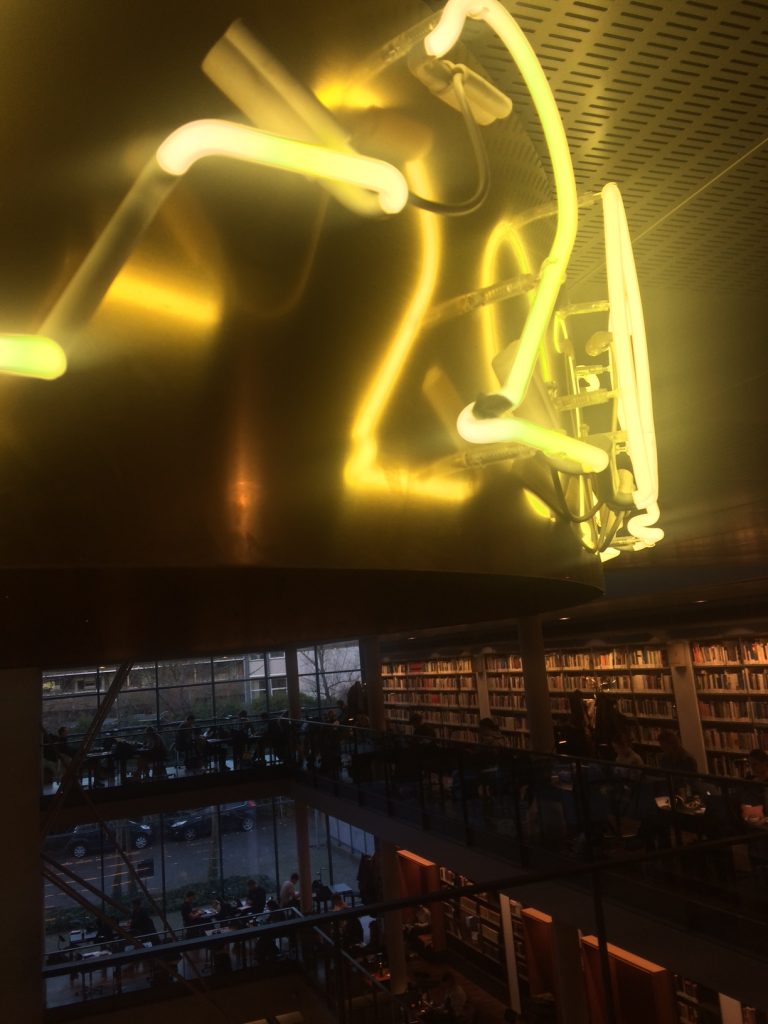A few years ago, a philosopher and a sociologist sought my advice on a paper they were working on. After they had explained the nature of their troubles, I asked them if they would let me assign a short, hour-and-a-half writing task them for them. They accepted. The task required them to each write — without discussing it in advance — a three-paragraph introduction for the paper they were struggling with. They were to go to their corners and spend a morning composing a paragraph about the world their research addressed, another about the science they were applying to the problem, and, finally, a paragraph about the paper itself. They were to write the first three of my “five easy paragraphs”, devoting no more than half an hour to each. Then, without showing each other what they had written, they were to send their work to me. After a few days, I received their introductions.
You can probably guess what happened next. It was now easy for me to tell them why this paper was difficult to write: they were writing two different papers, framed by two very different readings of the literature, and situated in two different practical contexts. At this point, I could only tell them that they would have to choose which of the two papers to write first. Or, of course, get clearer about why their takes on what they had been doing all these months were so different. When they felt they were ready, they could try the exercise again, this time more confident that the two introductions, while of course different in style, would be about the same thing. That is, still working on their own, they’d write two slightly different introductions to the same paper. Now they’d be ready to collaborate, to work together.
Once you understand the moral of this story, you don’t need a writing coach to facilitate this sort of insight. In fact, it occurred to me this morning that my recent aha! moment about Jeff Bezos’ “six-pager” provides a model for how any collaborative writing project can be focused, when the going gets a little blurry, by a group of co-authors of almost any size. (Within reason! I’m thinking thinking of the sort of collaborative project whose members you can gather in a conference room.) Have one of the members of the group (perhaps, but not necessarily, the lead author) write the introduction and conclusion of your paper (i.e., those five easy paragraphs) and then hold a Bezos-style “study hall” and “messy meeting” about it. Spend maybe 20 minutes reading it together in silence and then have an open discussion about the paper that is being summarized.
At the end of the meeting, assign someone (not necessarily the same author) the task of rewriting it in light of the discussion. Thereafter, apply the same procedure to each section (and perhaps sub-section) of the paper: background, theory, method, analysis, discussion. Have one member write a “crisp document” and then have an open discussion about it. Five paragraphs at a time. Each of these sections would take about two and half hours (for one member of the collaboration) to write and about an an hour to discuss (by all the members). Plan accordingly; appreciate your finitude. Rinse and repeat.

